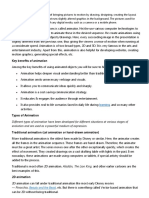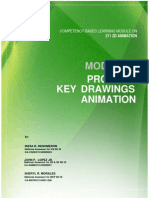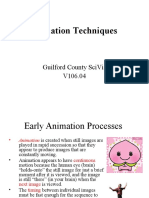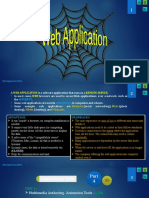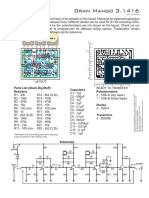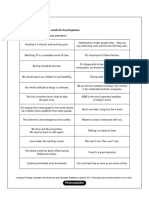0% found this document useful (0 votes)
24 views3 pagesNtroduction To Animation
Animation is the art of creating moving images through various techniques, evolving from traditional hand-drawn methods to modern CGI. It encompasses different types such as 2D, 3D, stop motion, motion graphics, and experimental animation, each with unique characteristics. Today, animation is widely used in film, television, video games, advertising, education, and emerging technologies like VR and AR.
Uploaded by
bala vinothiniCopyright
© © All Rights Reserved
We take content rights seriously. If you suspect this is your content, claim it here.
Available Formats
Download as DOCX, PDF, TXT or read online on Scribd
0% found this document useful (0 votes)
24 views3 pagesNtroduction To Animation
Animation is the art of creating moving images through various techniques, evolving from traditional hand-drawn methods to modern CGI. It encompasses different types such as 2D, 3D, stop motion, motion graphics, and experimental animation, each with unique characteristics. Today, animation is widely used in film, television, video games, advertising, education, and emerging technologies like VR and AR.
Uploaded by
bala vinothiniCopyright
© © All Rights Reserved
We take content rights seriously. If you suspect this is your content, claim it here.
Available Formats
Download as DOCX, PDF, TXT or read online on Scribd
/ 3










